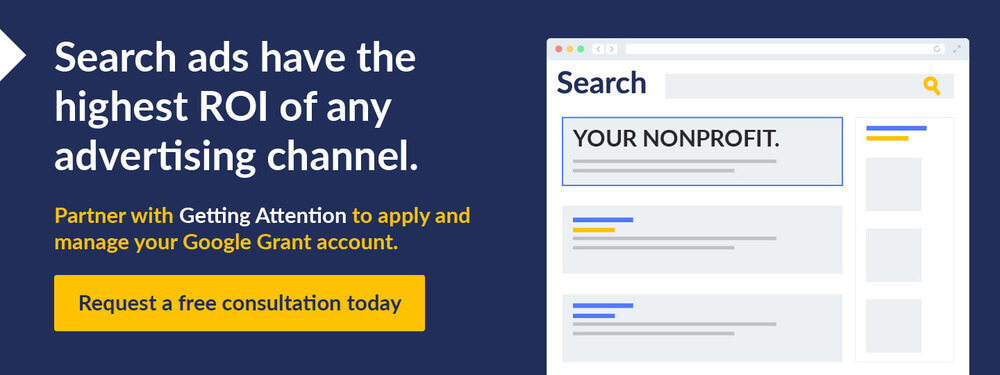Digital Fundraising for Nonprofits: 6 Key Strategies
Nonprofits need strong digital fundraising and marketing strategies to create healthy revenue streams that keep their organizations going. But, with so many nonprofits competing for visibility online, standing out can be a challenge.
To help launch your fundraising strategy, this guide will explore:
- Digital Fundraising Benefits
- Digital Fundraising Ideas
- Digital Fundraising Best Practices
- Digital Fundraising Trends
Getting started, let’s first look at exactly why your nonprofit should go digital.
Digital Fundraising Benefits
Almost every nonprofit has some online presence, but not every organization has a dedicated digital fundraising strategy planned out. After all, any nonprofit can decide to occasionally send a few emails or make a couple of social media posts.
However, with a cohesive strategy, your nonprofit can better reap the benefits of digital fundraising, which include:
- Larger audience. Posts online travel far further than flyers hung up in your town square. While you shouldn’t neglect your local outreach efforts, a digital fundraising strategy lets you connect with both near and far-flung supporters, all at the same time.
- Streamlined giving process. Giving online should be as easy as visiting your nonprofit’s donation page, filling out a few entry fields, and pressing submit. Digital fundraising lets donors give in seconds and allows your nonprofit to receive funding almost immediately.
- More giving opportunities. Digital fundraising comes in many different forms, meaning your supporters have options when it comes to giving. They might tap into matching gifts, set up a recurring gift, or pledge to a friend fundraising on your nonprofit’s behalf.
Traditional fundraising still has its place, especially when it comes to direct mail and in-person events. When you combine these methods with your digital fundraising strategy, you can grow your nonprofit’s donor base, build relationships with your current supporters, and earn more donations both at home and from donors abroad.
Digital Fundraising Ideas
1. The Google Ad Grants Program
Your nonprofit can guarantee a desirable spot on search engine results pages (SERP) by applying for the Google Ad Grants program. This program awards nonprofits up to $10,000 in free ad credits that they can spend to secure prime advertising space on the SERP every month. To get started, all you need to do is:
- Sign up for a Google for Nonprofits account. Google for Nonprofits is a free philanthropic program offered by Google for almost all types of nonprofits. Organizations accepted into the program get access to a variety of Google’s products for free.
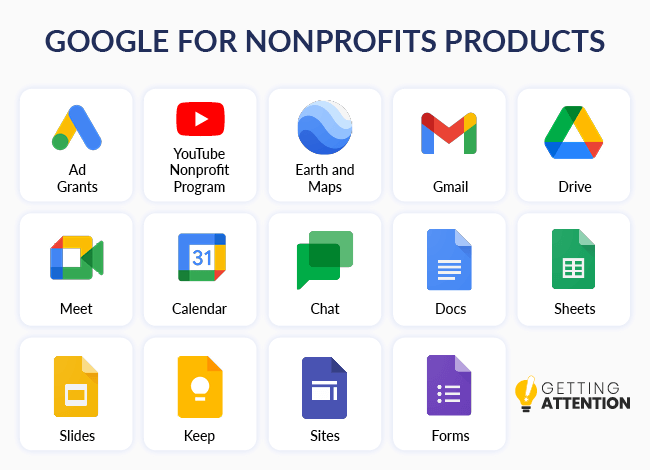
- Prepare your website. Google wants to recommend high-quality websites to its users. As such, it has a few standards for organizations in the Google Ad Grants program. These include owning your website domain, having SSL certification, and hosting original content related to your mission.
- Apply for the Google Ad Grants program. Once you feel your website is ready for review, submit your Google Ad Grant application. This application asks basic questions, like what your website URL is and what your organization plans to do if accepted into the Google Ad Grants program.
If you need help applying for the Google Ad Grants program or managing your account once approved, we recommend working with a Google-certified Google Ad consultant, like us!
For more insight into what it’s like to work with a Google Ad Grant agency, check out this video from our team at Getting Attention:
2. Search Engine Optimization
Boost your fundraising website’s visibility by updating it according to search engine optimization (SEO) best practices. SEO is the process of improving your website’s content to align with Google’s search algorithm’s ranking factors. Doing so improves the chances that your content will rank highly on search engine results pages (SERP).
In other words, SEO ensures that your digital fundraiser’s website ranks highly on Google, earning your campaigns more exposure.
If you aren’t tech-savvy and don’t have much room in your marketing budget, don’t worry. Updating your website to align with SEO best practices is free, and there are many resources to help you get started. According to Google, these elements determine your SERP ranking:
- Website security
- Mobile friendliness
- Load speed
- Quality of on-site content
- On-page organization of content
- Accessibility to visitors of all abilities
SEO shouldn’t be your go-to strategy for one-off campaigns. Instead, it’s a long-term investment in improving the overall quantity and quality of traffic to your website. In particular, nonprofits that sell products or services (like curriculum or certifications) tend to do well with SEO as they are selling their products for the foreseeable future, and making a sale doesn’t require the relationship-building that fundraising does.
3. Peer-to-Peer Campaigns
Rather than doing all of your fundraising yourself, get your supporters to help out with a peer-to-peer fundraiser. In a peer-to-peer campaign, supporters fundraise on your behalf to their friends and family, often leveraging social media, email, and other digital platforms to promote your cause.
To get started, you’ll need peer-to-peer software. Peer-to-peer fundraising software provides participants with their own landing pages that they can customize however they want to promote your nonprofit. This might involve sharing their stories, posting photographs, or sharing research from your nonprofit.
Supporters who donate through these pages are both giving to their specific friend or family member and donating to your nonprofit at the same time. You can also allow participants to join a fundraising team and assign roles with special privileges, such as team captain.
4. Virtual Events
Hosting remote or hybrid fundraising events is easier than ever due to the affordability and user-friendliness of digital event management solutions. Consider expanding your audience and fundraising potential by adding a remote component to these traditionally in-person fundraising ideas:
- Silent auction
- 5K walk/run
- Gala
- Dinner party
- Movie watch party
- Meet-and-greet with beneficiaries
- Networking event
- Webinars and panels with nonprofit experts
- Q&A sessions with the executive director or board president
A simple way to add a remote element to your event is to gather attendees on a video call. Video conferencing software is widely available, so all your attendees can easily make accounts and participate. Also, some platforms even have nonprofit discounts, helping save your nonprofit valuable operating costs.
5. Texting Campaign
Text messaging is fast and convenient for both your nonprofit and your supporters. With a texting campaign, you can:
- Launch a text-to-give fundraiser. Text-to-give is one of the most convenient ways to donate. Text-to-give services provide your nonprofit with a phone number supporters can text a specific word or phrase to along with a donation amount. That amount will go to your nonprofit right then and there, and the supporter will pay for it later in their monthly phone bill. Just make sure to choose a text-to-give keyword that’s easy to remember and type!
- Send text messages to drive action. When compared to other digital marketing channels, like email, text messages have very high open rates. This makes them useful for sending short calls to action to your supporters, such as urging them to donate or register for your upcoming fundraising event.
- Provide quick updates. For other digital fundraisers, it’s helpful to have texting communication in your back pocket as a strategy for getting in touch fast. For example, you might let supporters know when there are just a few hours left in your matching gift challenge campaign or when you’re about to run out of limited merchandise.
If you want to get started with a texting campaign but are missing supporters’ phone numbers, consider conducting a phone number append. Appending services look at your donor data to identify missing and outdated data and use their extensive databases to replace it with up-to-date information.
6. Crowdfunding Campaign
Every donation counts, but if you have a major project that needs a significant amount of start-up funding, try sourcing donations from an entire crowd of supporters at once through a crowdfunding campaign.
If you’re familiar with Kickstarter projects or GoFundMe, you already know what crowdfunding is. Essentially, your nonprofit has a target fundraising goal and a set amount of time to reach it through individual donations.
Successful crowdfunding campaigns offer donors a variety of perks. For example, you might create giving tiers and provide unique bonuses to supporters who give at each level. Check out the Sarasota Orchestra’s donor recognition levels for an example of donation levels based on giving amounts:
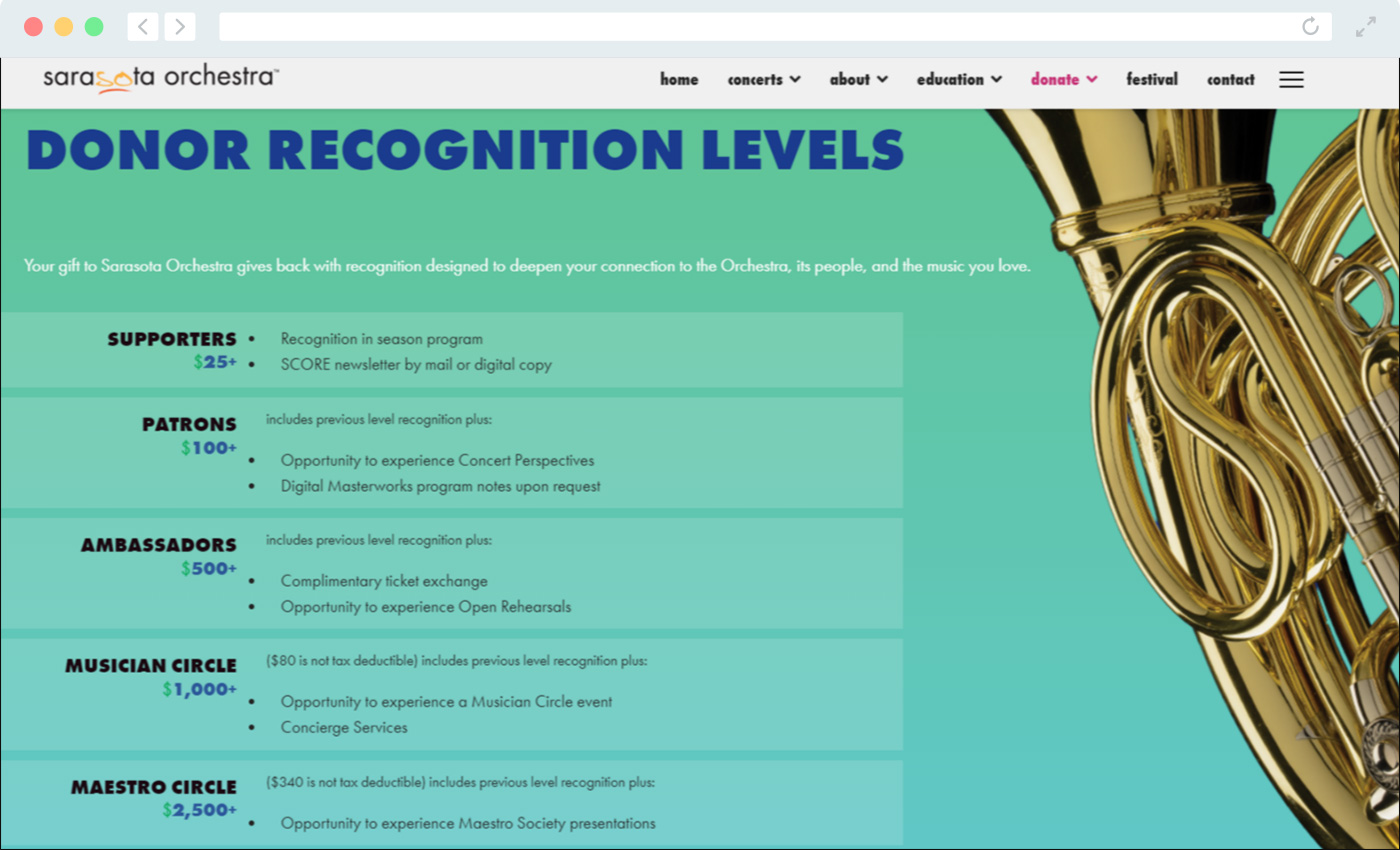
7. eCard Fundraisers
Take advantage of upcoming holidays by selling eCards. eCards are digital greeting cards your supporters can buy and send to their friends and family. By doing so, they can share a fun card with someone they care about, support a cause that’s close to their heart, and even show off their generosity a little.
For an example of eCard fundraising, check out these eCards from the nonprofit One Tail at a Time:

Along with the cute designs, each eCard is connected to a specific aspect of One Tail at a Time’s mission. This means supporters who buy an eCard have additional control over how their gift is used.
You can sell eCards all year round for birthdays, get-well wishes, and friendly check-ins. However, holidays, such as the packed end-of-the-year season, are likely when you’ll see the most sales.
8. Matching Gift Campaign
Matching gifts are a type of corporate giving wherein businesses donate when their employees give to nonprofit organizations. This means if a match-eligible donor gives $100 to your nonprofit, they can complete a matching gift request form for their employer, who will then match their gift for a total of $200, netting your nonprofit an extra $100 for free!
However, many donors are unaware of matching gifts, let alone if they’re eligible. You can earn more matching gift revenue by launching a digital fundraiser that:
- Educates supporters about matching gifts. Explaining what matching gifts are and why they matter should be at the forefront of your matching gift marketing strategy. This might involve adding a section on matching gifts on your “Ways to Give” page, making posts on social media about matching gifts, or featuring a section in your newsletter calling attention to matching gifts.
- Provides steps for checking match eligibility. Matching gift databases make it easy for donors to check their match eligibility. These tools provide nonprofits with an embeddable matching gift search tool they can add to any page on their website, including right in their donation form! This encourages supporters to jumpstart the matching gift process whenever they give online.
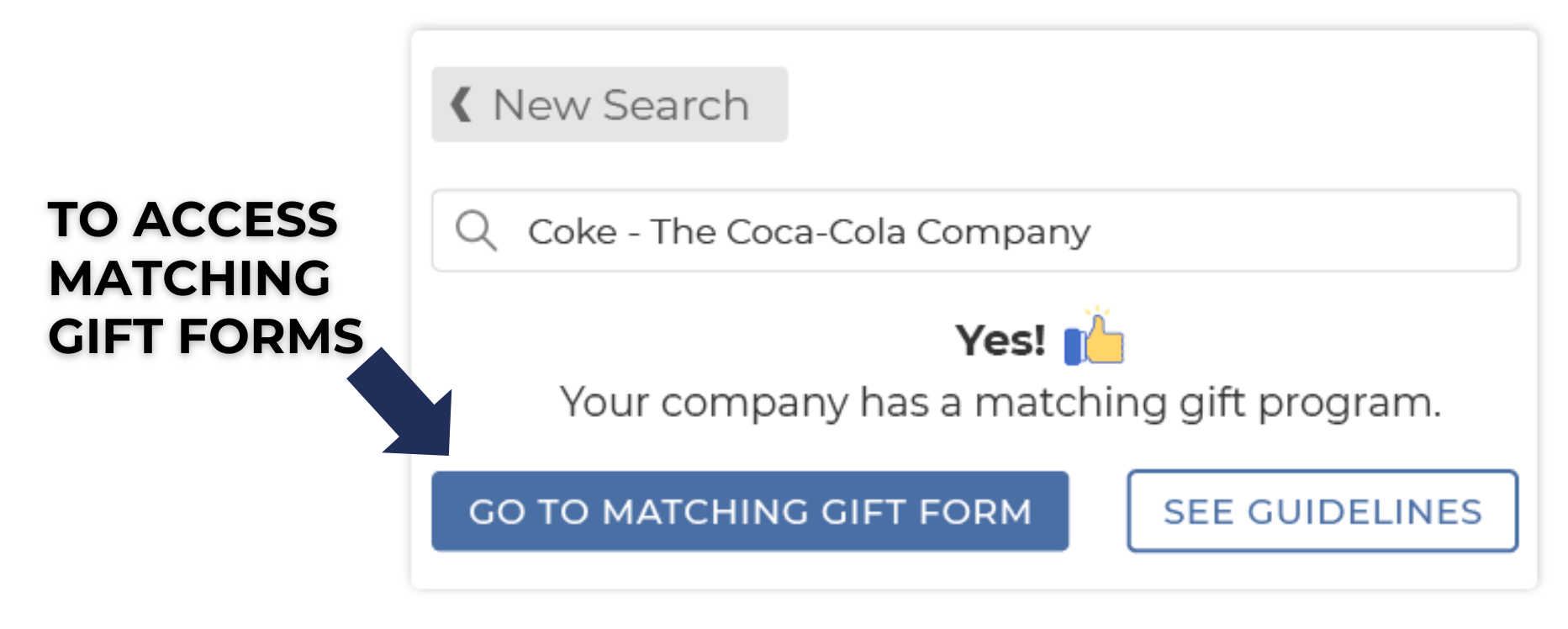
- Reminds supporters to complete their matching gift applications. Matching gifts are a multi-step process, and you might need to encourage supporters over each hurdle. After supporters donate, send an automatic message prompting them to check their matching gift eligibility (note: this should be separate from your regular thank you message!), a message requesting them to submit their matching gift request form, and finally a message thanking them for completing the process.
This might seem like a lot of steps, but fortunately, matching gift software is constantly improving to make the process as easy as possible for donors. Try looking for matching gift software that has auto-submission capabilities. This new technology allows some donors to submit their matching gift requests with just the click of a button—no repetitive forms needed!
9. GivingTuesday Campaign
GivingTuesday is one of the biggest fundraising days of the year and is the perfect event to plan a digital fundraising campaign around. You can maximize your fundraising potential this GivingTuesday by:
- Creating a sense of urgency. GivingTuesday lasts just 24 hours once every year, meaning donors who want to participate have to act fast. Communicate with your donors in the days before and throughout GivingTuesday to create a sense of urgency and encourage them to get their gifts in before the midnight deadline.
- Arranging a match challenge. We’ve already discussed matching gifts, and match challenges are similar. However, instead of individual donors reaching out to their employers to get their gifts matched, in a match challenge, your nonprofit secures a sponsor who agrees to match all donations made in a specific time frame. Doing this on GivingTuesday doubles the value of each gift, giving donors just one more reason to participate!
- Trying something new. While GivingTuesday is one of the most important fundraising days of the year, it’s also a chance to experiment as 82% of nonprofits tried a new marketing or fundraising strategy in 2022. Analyze marketing trends and your audience to get creative with a strategy that will set you apart from other organizations fundraising on GivingTuesday.
GivingTuesday is only a single day, but it requires a lot of planning. Start prepping for GivingTuesday at least several months in advance so your communications are ready to go and your donors are primed to participate.
10. Email Marketing
Email is a tried and true nonprofit marketing tool. Through email, you can bolster your digital fundraising efforts by getting in touch with supporters about all kinds of topics. For example, a few types of emails you might send supporters include:
- A regular newsletter
- Donation requests
- Matching gift requests
- Thank-you messages
- New donor welcome series
- Event invitations
- And more!
You can improve your email fundraising strategy by implementing several best practices, including:
- Creating intriguing subject lines. Attention-grabbing subject lines can determine whether a supporter clicks on your email or keeps scrolling. Try mixing up your subject lines by asking questions, sharing facts, and hinting at emotional stories.
- Limiting subject line characters. Many of us check our email on our phones, meaning long subject lines get cut off. Try to keep your subject lines to about 60 characters to avoid this.
- Featuring just one call to action. While we just listed a number of different types of emails you can send, each email should have a specific purpose and only one call to action. This keeps supporters focused and decreases confusion.
Just like with phone numbers, if you’re missing email addresses or getting too many bounced emails, try conducting an email append. The only difference between an email append and a phone number append is that you’ll get email addresses rather than phone numbers!
11. Influencer Marketing
The bigger your online presence, the more successful your digital fundraising will be. So why not connect with someone who already has a big platform like a social media influencer?
Influencers range in audience sizes, audience receptiveness to nonprofit causes, and the likelihood of working with a nonprofit. Let’s take a quick look at the different types of influencers:
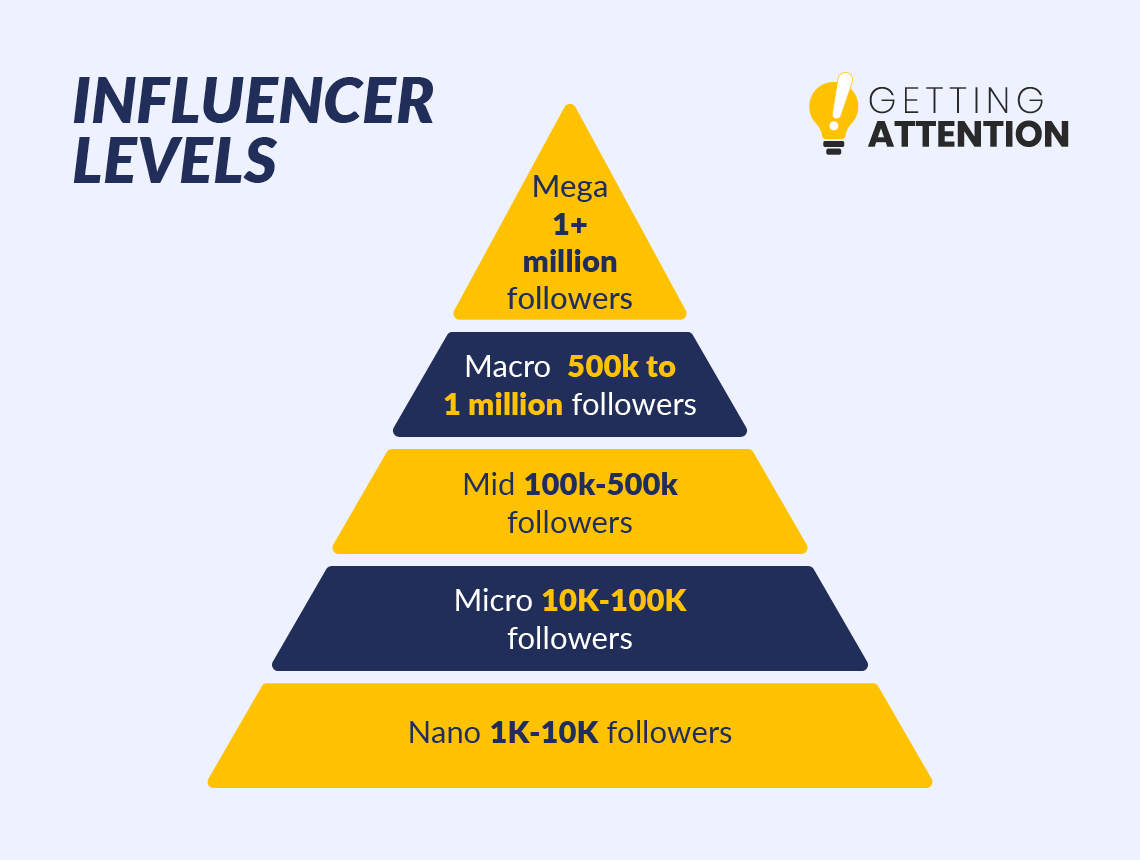
- Nano. Nano influencers have between 1K-10K followers. This means you might actually already know a few nano influencers! You can likely get in touch with these influencers directly and get them involved in promoting a fundraiser or even fundraising on your behalf by recruiting them into a peer-to-peer campaign.
- Micro. Depending on what chart you’re using, micro-influencers can have anywhere between 10K and 100K followers. This means the online presence of micro-influencers varies widely from individual to individual, as does your ability to get in touch with them.
- Mid. Individuals with 100k-500k followers are considered mid-tier influencers. For influencers of this size and beyond, you may be more successful at earning softer commitments, such as asking them to help spread awareness or educate their audiences on your core issue rather than directly promoting your fundraiser.
- Macro. With 500k to 1 million followers, macro influencers likely have assistants answering their messages for them.
- Mega. Mega influencers have over 1 million followers on their platform of choice. These influencers command huge audiences and almost always have assistants, managers, or entire businesses that arrange partnerships for them. That means your nonprofit may have difficulty getting in touch with these individuals.
While you may not be able to connect with the influencers scoring cameos in big-budget films, you likely don’t need to. Rather than just looking at audience size, examine their content and audience. Connecting with an influencer whose audience is likely to support your cause is far more valuable than one with an uninterested large audience.
Digital Fundraising Best Practices
Use online fundraising software
It’s only fitting to manage your digital fundraising campaigns online. Digital fundraising software can help your nonprofit:
- Record and store donor-specific information
- Launch online donation forms
- Send automated gift acknowledgments
- Manage online event registrations
- Report your fundraising metrics
- Create and send email blasts
No matter your nonprofit’s size or focus, a well-rounded fundraising software solution can streamline your operations. Your nonprofit should choose fundraising software that automatically syncs any donor-specific information with your CRM so your information is always up-to-date.
Getting started with a fundraising software solution is simple. First, research and demo the different options on the market, and choose which is best for your organization. Then, work with your onboarding specialist to learn how to use the software and tailor it to your specific fundraising needs. Once you’re comfortable with the system, remember to consistently flag any additional problems you run into so you can best leverage the software.
Keep your data organized.
Any strong digital fundraising strategy is data-driven. But, to properly leverage your data, you need to keep it organized so you can access it when needed. You can clean your CRM by:
- Identifying and removing duplicate data points
- Sending a survey to supporters to update contact information and preferences
- Standardizing data maintenance processes
With accurate and organized data, your nonprofit can pinpoint which areas of your digital fundraising strategy need further attention and which efforts were successful.
Segment your audience.
When it comes to digital fundraising, you might assume you only have one audience: donors. However, donors rarely think of themselves strictly as donors, and instead, they consist of a wide group of people with differing motivations for giving.
You can better connect with your audience by dividing them into segments based on relevant characteristics. For example, you might divide your audience into general categories of:
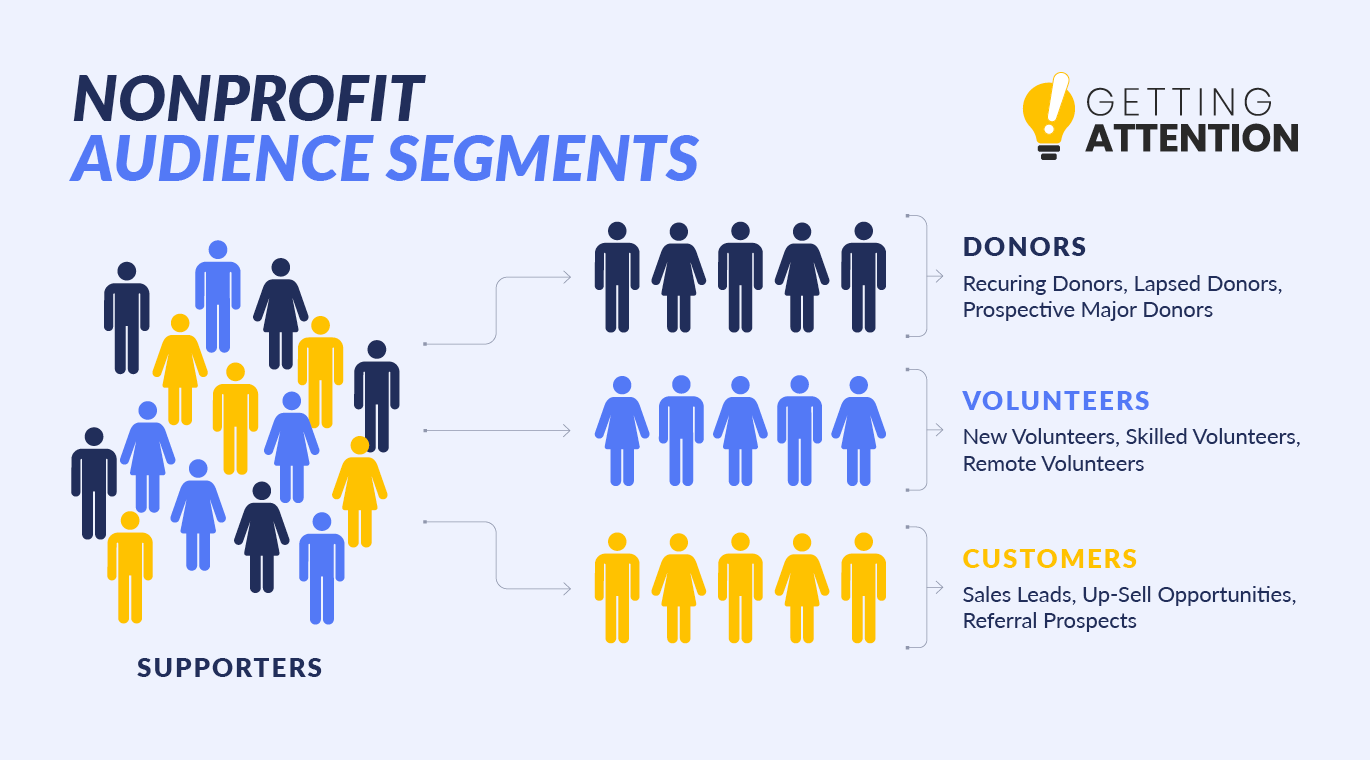
- Donors can be divided further into new donors, recurring donors, lapsed donors, mid-level donors, and prospective major donors.
- Volunteers can be divided into new volunteers, long-term volunteers, volunteers with specific skill sets, and remote volunteers.
- Customers can be divided into new customers, sales leads, up-sell opportunities, and referral prospects.
Additionally, you can divide these groups by age, interests, location, or any other trait you think will help with your digital marketing. Then, for each segment, craft unique marketing messages that address their specific motivations, needs, and questions.
Digital Fundraising Trends
Marketing trends change over time, which means fundraising trends, change too! While your nonprofit should focus on finding a strategy that works for your specific organization, keeping an eye on trends can help you identify opportunities and spot challenges before they come up.
A few trends we’re currently seeing in the fundraising world include:
- Increased security. This year, there has been an average of 525 data breaches each month, and that’s just accounting for attacks that have been reported to the public. These attacks target organizations of all sizes, with the IT and health sectors in particular getting hit hard. Reassure your donors that their information is safe by investing in appropriate security measures, such as PCI-compliant payment processors.
- Influencer marketing. In 2023, about half of all nonprofits reported working with social media influencers in some capacity. Influencers can help your nonprofit by spreading awareness, educating their audiences about your target issue, or even promoting your fundraisers.
- Rise of video. In the for-profit world, 96% of businesses state that video is an important part of their marketing strategy. Often, the marketing strategies that work for businesses work for nonprofits, too! Consider how you can incorporate video into your fundraising strategy, whether by creating videos for specific platforms like YouTube or embedding them directly into your website to increase engagement.
Stay up to date with what’s happening in fundraising by connecting with other nonprofit professionals, monitoring your data, and reading nonprofit news sources like the Chronicle of Philanthropy.
More Digital Fundraising Resources
Ultimately, your online fundraising success depends on how you leverage digital platforms, such as fundraising management tools and peer-to-peer software. To launch your new digital fundraising tactics, establish attainable, data-driven, and specific goals with your team. Then, pick the software solutions and strategies that allow you to achieve these objectives. Throughout the process, ensure you’re maintaining constant digital communication with your prospects to cultivate deep relationships with them, even through a screen.
For more digital fundraising resources, explore these guides:
- Digital Marketing for Nonprofits Made Easy: A Helpful Guide. Knowing how to market your cause online is an essential part of fundraising. Learn how to position your nonprofit in virtual spaces with this guide.
- 5 Nonprofit Marketing Ideas You Need to Promote Your Cause. Need help brainstorming marketing ideas for your next fundraiser? Discover top ideas for promoting your cause.
- Top 10 Online Donation Tools That Help Nonprofits Raise More. To raise donations online, you need a donation tool. Check out our top recommendations.



